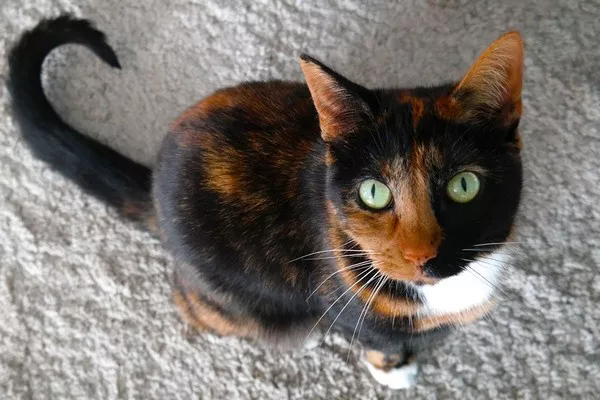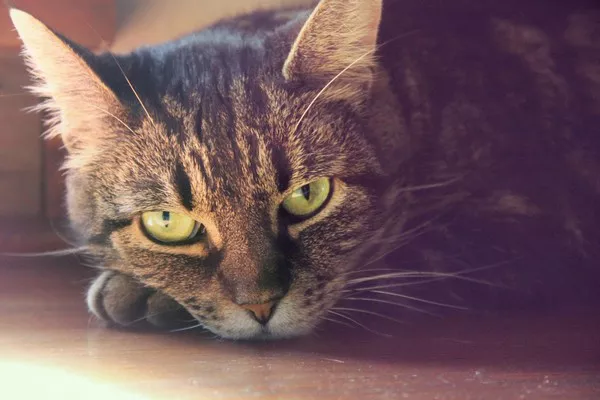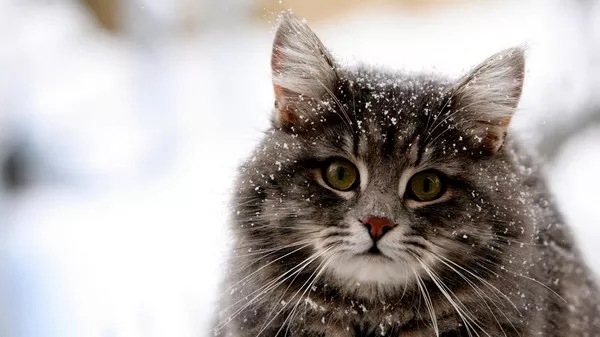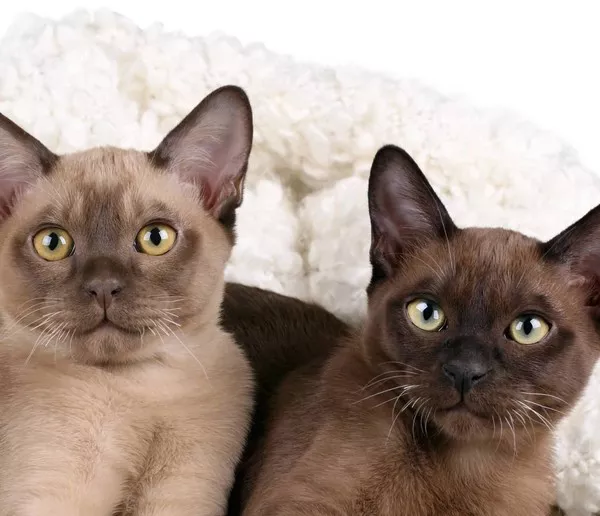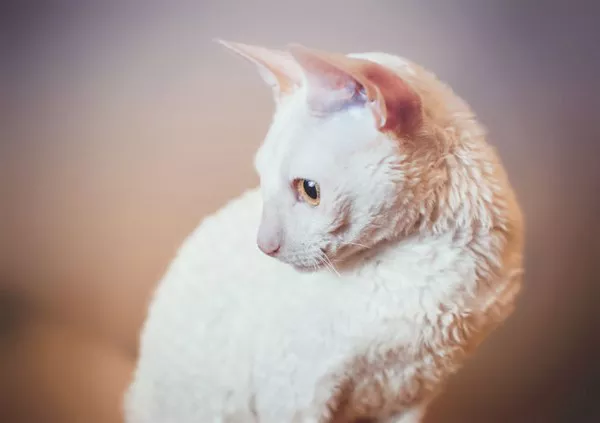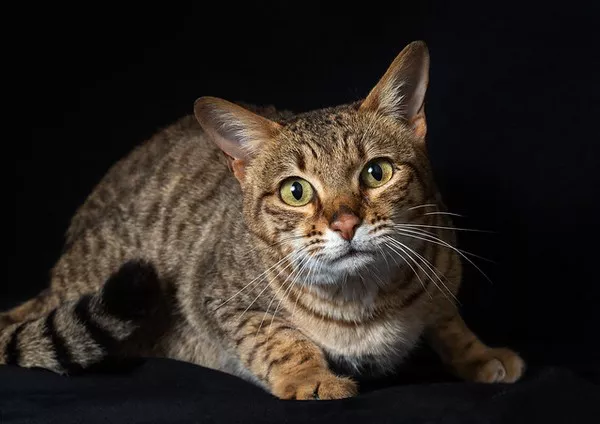Calico cats are known for their distinctive tricolor coat patterns, featuring patches of white, black, and orange. Apart from their striking appearance, some calico cats exhibit a peculiar characteristic – being cross-eyed. This article aims to delve into the fascinating world of feline genetics and explore the reasons why certain calico cats may develop cross-eyes, providing insight into the underlying causes and shedding light on what cross-eyedness means for these lovable felines.
Understanding Calico Cats:
Calico cats, also referred to as tortoiseshell-and-white cats, are not a specific breed but rather a coat color pattern that can be found in various cat breeds. Their unique coat coloration is the result of having two X chromosomes, leading to the expression of genes responsible for orange and black fur patches, along with the presence of white. The intricate genetic makeup of calico cats can contribute to certain physical traits, including cross-eyedness.
What Causes Some Calico Cats to Be Cross-eyed?
1. Genetic Factors:
Genetics play a significant role in determining a cat’s physical characteristics, and cross-eyedness is no exception. Certain genes associated with eye development and muscle control can influence whether a calico cat develops crossed eyes. One such gene is the Ojos Azules (Spanish for “blue eyes”) gene, which is linked to both blue eye color and an increased likelihood of cross-eyedness.
2. Vision Challenges and Structural Abnormalities:
Cross-eyedness, or strabismus, occurs when a cat’s eyes do not align properly. In calico cats, this misalignment can be attributed to structural abnormalities within the eye muscles or nerves. These abnormalities may affect the coordination between the muscles controlling eye movement, causing the eyes to diverge inward or outward.
3. Developmental Disorders:
Some calico cats with cross-eyes may have underlying developmental disorders that affect their ocular health. Conditions such as congenital cataracts, retinal abnormalities, or optic nerve hypoplasia can contribute to cross-eyedness in cats. These disorders may disrupt the normal development of the eyes during early growth stages.
4. Inheritance Patterns:
Cross-eyedness in calico cats can be inherited through genetic transmission. If a calico cat with cross-eyes breeds, there is a possibility that their offspring may inherit the same trait due to the presence of specific genes associated with strabismus. However, it is important to note that not all calico cats will develop cross-eyes, even if they carry the genetic predisposition.
5. Environmental Factors and Injuries:
While genetics largely contribute to the prevalence of cross-eyedness in calico cats, environmental factors and injuries can also play a role. Trauma to the head or eye region, infections, or diseases affecting the nervous system can lead to muscle weakness or nerve damage, resulting in cross-eyedness.
Implications for Calico Cats:
Cross-eyedness does not necessarily impact a calico cat’s overall health or quality of life. However, it may affect their depth perception and visual acuity. Cats with severe cross-eyes may experience difficulty judging distances accurately, leading to minor challenges in activities such as jumping or catching objects. Regular veterinary check-ups are crucial to monitor their eye health and ensure optimal care.
Conclusion:
The occurrence of cross-eyedness in some calico cats can be attributed to a combination of genetic, developmental, and environmental factors. Understanding the underlying causes helps us appreciate the complexity of feline genetics and how it can manifest in various physical traits. While cross-eyed calico cats may have unique eyes, it is essential to remember that they are no different from other cats when it comes to love, companionship, and being cherished members of our families.

